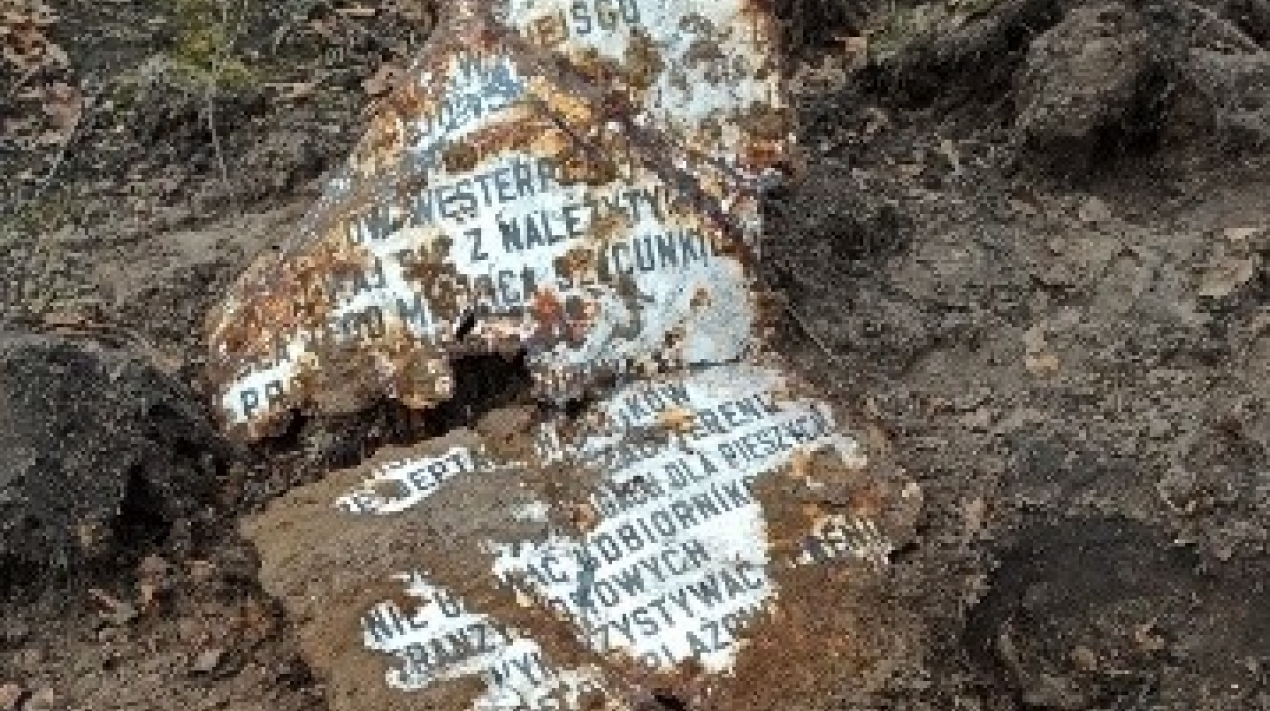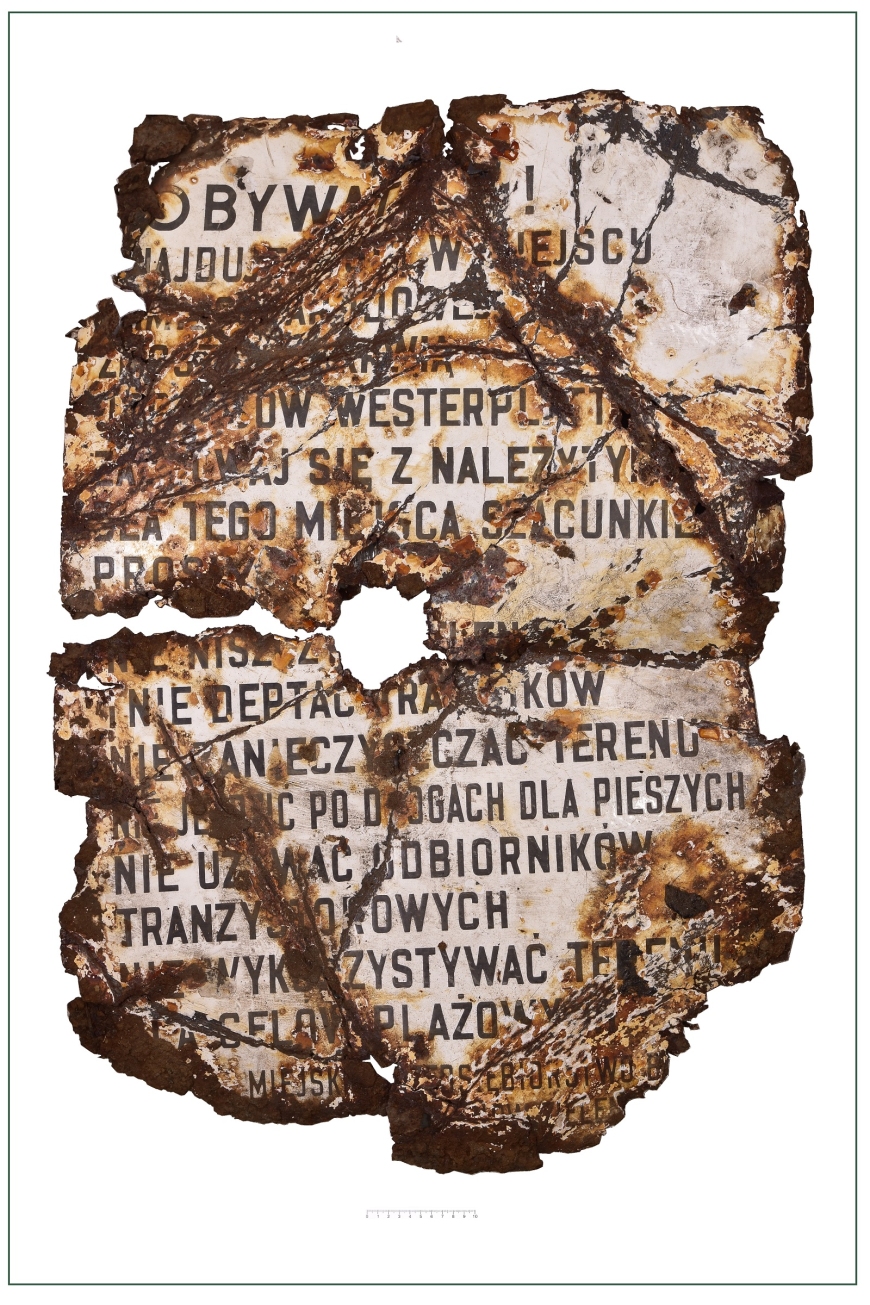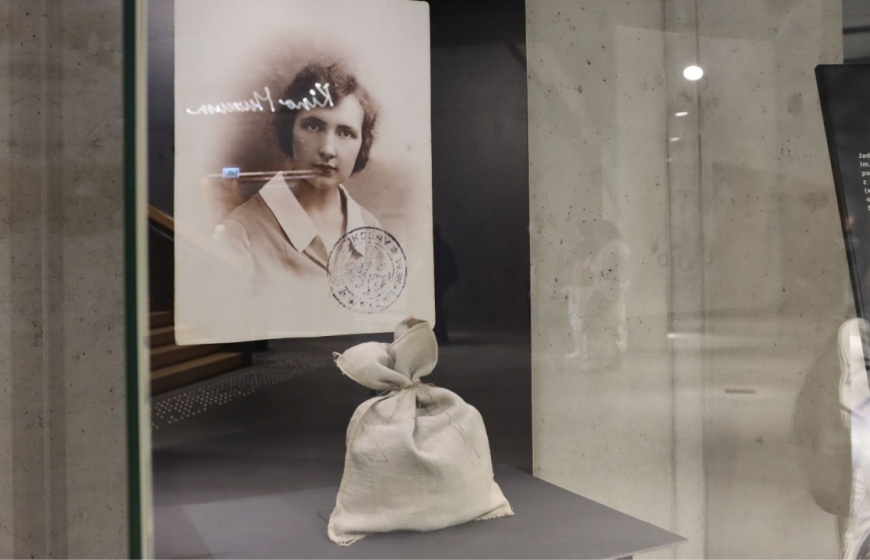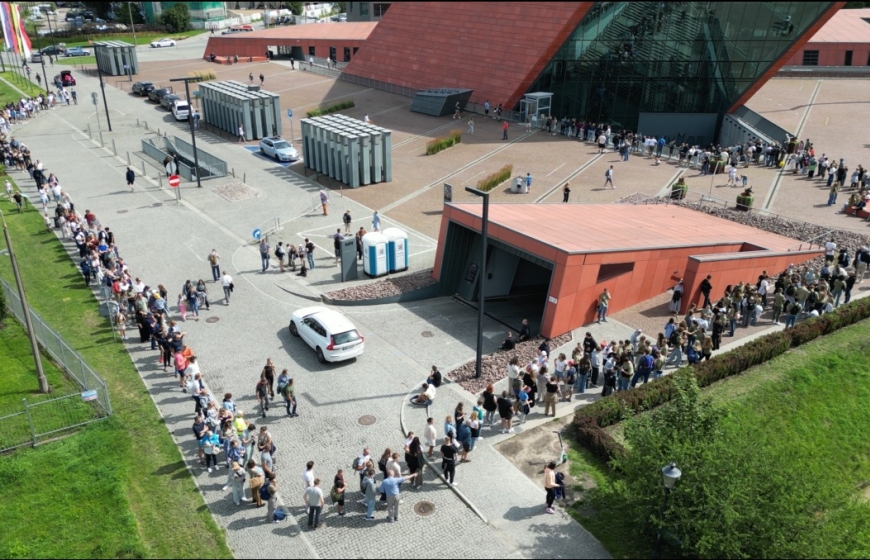#WesterplatteHistory - Unusual informational plaque found at Westerplatte
The Museum of the Second World War in Gdańsk, in cooperation with the Polish Army sappers, has been systematically clearing the area of the Military Transit Depot (MTD) of explosive and hazardous materials since 2020. Archaeological supervision accompanies these ongoing efforts. In addition to ammunition, the site also contains objects of historical and cultural value. To date, over 4,000 artifacts have been discovered, serving as valuable testimony to the changes that have occurred at Westerplatte and a source of knowledge about the depot's history. One of these artifacts is a damaged informational plaque.
The plaque was created during a period when the historical landscape of Westerplatte had already been irreversibly transformed. Unfortunately, the authorities at that time allowed for the degradation of the buildings and the environment that bore witness to the seven-day defense of the MTD. The place lost its character as a battlefield when a monument to the Defenders of the Coast was erected there between 1964 and 1966. This dominant landscape feature, intended to honor Polish soldiers, also pays homage to Soviet "liberators," who were equally responsible as the Germans for the outbreak of World War II and all its consequences. During that time, the only space dedicated directly to the Westerplatte defenders was a symbolic cemetery. In 1967, only through the efforts of social activists, sentry post No. 1 was saved from destruction. The building was relocated and a small exhibition was set up inside. The authorities of the time, who were degrading the historical space and distorting history, were aware of the significance of Westerplatte as the starting point of World War II, a place of death and rest for Polish soldiers. The recovered plaque bears witness to their awareness that this area should be accorded special respect, at least in the semantic sphere.
The plaque was made of enameled metal with dimensions of 70 cm × 100 cm. On a white background, there is a black inscription informing visitors that they are in a place of national remembrance and outlining the rules of conduct in such a zone. The plaque was most likely created no earlier than 1972 – it was probably at that time that the Municipal Company of Garden Works merged with the Municipal Company of Municipal Economy to create the Municipal Company for the Construction and Conservation of Green Areas, which was likely the sponsor of this plaque. The seventies of the 20th century are also indicated by the font style and the use of the term "transistor radio," as radios were commonly referred to at that time. The plaque was found between a bus stop and sentry post No. 1, near its original location. It was placed there so that everyone arriving at Westerplatte would be aware that they were entering a sacred zone sanctified by Polish blood.
The plaque, which for many years in the seventies and possibly the eighties reminded people of the need to respect the history of this place, gradually deteriorated – just as the awareness of Westerplatte as a place of national remembrance faded. The discovery of the plaque by archaeologists from the Museum of the Second World War can therefore be seen in symbolic terms, as a restoration of respect for this space.

















